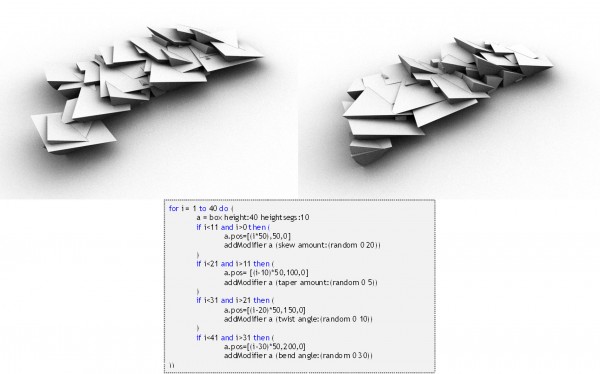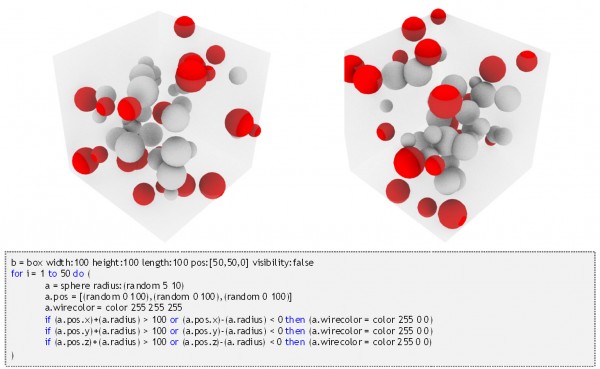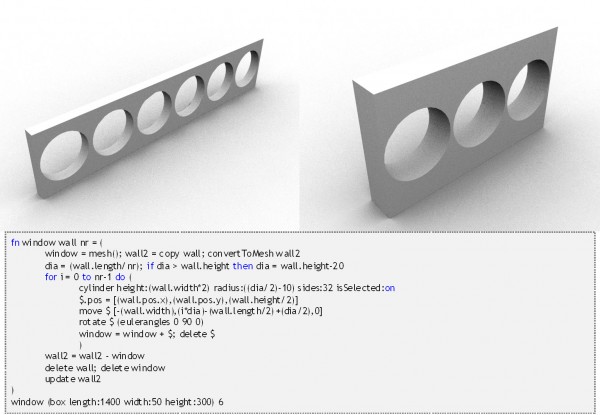Designing the Design Studio
In 2007, we conducted a computational design studio in YTU / CADU with Birgül Çolakoğlu. Below is the brief of the paper published at METU JFA Vol24 issue 2 titled “An Innovative Design Education Approach: Computational Design Teaching For Architecture”. We were dealing with how new technologies are affecting the design cycle. Rhinoscript is used as an educational tool, and various short exercises are conducted with it. After 6 years, I still think of ways how to construct a proper curriculum to introduce the basics of architectural scripting. Or asking if there could / should be a new generation of basic design, based on architectural scripting. Below is the abstract of the paper:
This paper describes an innovative design education approach developed to explore new intellectual and theoretical directions of design generation. It utilizes algorithms as a tool for introducing the concept of design computing to graduate students of architecture. The graduate course titled “Designing the Design” is thus developed. The aim of the course is to introduce to the students of architecture the computational design thinking and the new emerging language and method of designing. Examples from the course process are given to illustrate explorations in this new auxiliary teaching method of the design.
Below are various short exercises conducted in the studio to introduce the basic concepts such as iteration, branching, and conditionals:
The first exercise was to design a deformation on a set of boxes with selected modifiers of 3ds Max. This was a little ill-defined beginning to scripting.
The second exercise was a more well-defined one, asking students to put random spheres within a cubic volume and use conditionals to color the ones which intersect with the boundary of the volume.
The third exercise was to introduce a basic concept of parametric modeling; associativity. Students are asked to design circular holes on a wall, keeping associativity on every variation, such as changing the dimensions and number of holes that should work properly.
Here is the rest of the paper, including more extensive exercises and final projects: [PDF File]
“Designing the Design” is an exploratory course that aims to fill the gap in the architectural education between the prospective architect and his/her design tool by introducing the logic and the mechanism on which these tools operate. It introduces students with computational thinking and the mechanization of it in the realm of design.












